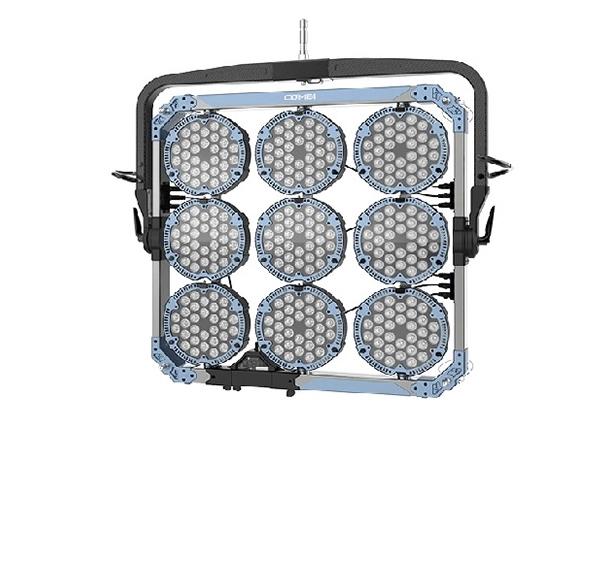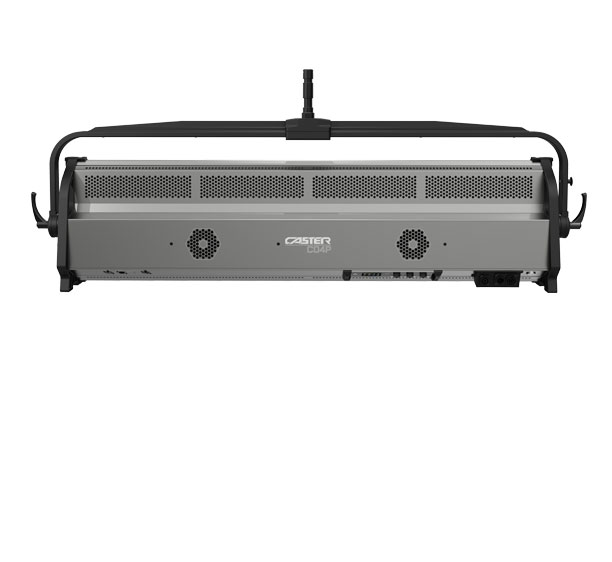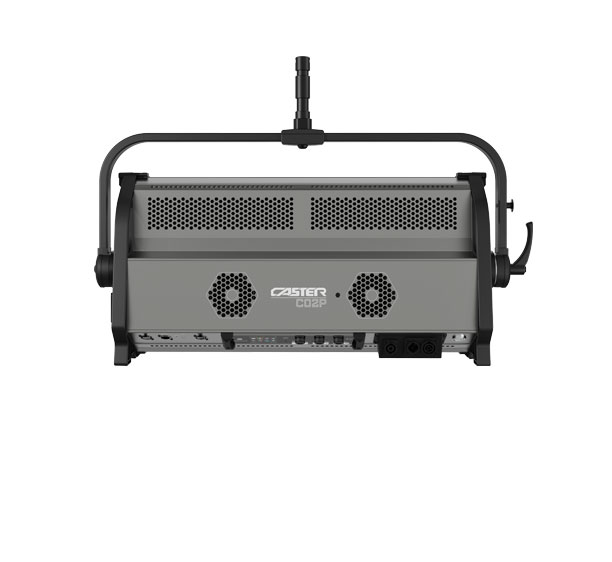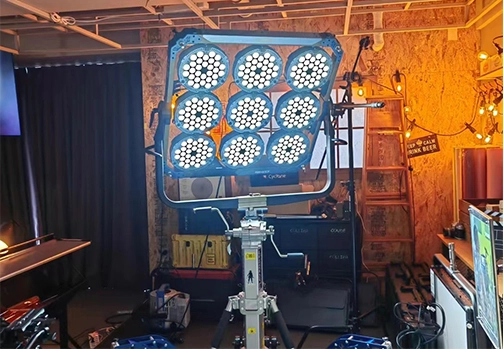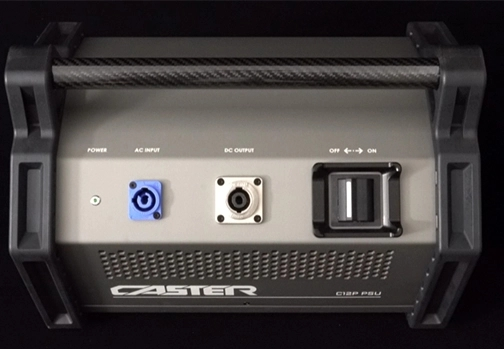Studio lighting in broadcast settings plays a crucial role in creating a visually appealing and professional television production. The use of various lighting techniques enhances the overall look and feel of the show, making it more engaging for viewers. In this blog post, we will explore the importance of studio lighting and how it elevates television productions.
Setting the Mood
One of the primary functions of studio lighting is to set the mood and tone of the show. By using different lighting setups, producers can create a specific atmosphere that complements the content being presented. For example, bright, evenly distributed lighting can convey a sense of positivity and energy, while dim, directional lighting can create a more dramatic and mysterious ambiance. Lighting designers carefully craft the lighting plan to enhance the overall visual storytelling of the production.
In a live broadcast setting, broadcast studio lighting is even more critical as it helps create depth and dimension on camera. By strategically placing lights around the set, shadows can be used to add texture and visual interest to the scene. This attention to detail in lighting design can significantly impact how the show is perceived by the audience.
Enhancing Visual Clarity
Broadcast studio lighting also plays a vital role in enhancing visual clarity on television. Proper lighting can help illuminate the faces of the talent and ensure that the audience can see and understand what is happening on screen. This is particularly important in news broadcasts, talk shows, and live events where clear communication is essential.
Using broadcast studio lighting, it is possible to highlight key elements of the set or create focal points that draw the viewer's eye. By directing light towards specific areas or objects, producers can guide the audience's attention and enhance the overall viewing experience. Lighting is a powerful tool that can be used to emphasize important details and create a dynamic and engaging visual presentation.
Creating a Professional Look
Studio lighting is also crucial in creating a professional and polished look for television productions. When done correctly, lighting can make the set appear more vibrant, dynamic, and visually appealing. By carefully considering factors such as color temperature, intensity, and angle, lighting designers can achieve a cohesive and aesthetically pleasing look that elevates the overall production value.
Broadcast studio lighting is designed to enhance the appearance of the talent on camera, making them look their best and helping them stand out against the backdrop. By using a combination of key, fill, and backlighting, lighting technicians can create a flattering and natural-looking illumination that enhances the features of the talent. This attention to detail in lighting design can make a significant difference in how the show is perceived by viewers.
Captivating the Audience
Finally, broadcast studio lighting plays a crucial role in captivating the audience and keeping them engaged throughout the production. By using creative lighting techniques, producers can create visually stunning and memorable moments that leave a lasting impression on viewers. Whether it's using colorful lighting effects, dynamic light patterns, or dramatic shadows, lighting designers can create a sense of excitement and intrigue that draws the audience in.
In conclusion, broadcast studio lighting is a critical component of television production that elevates the overall look and feel of the show. By setting the mood, enhancing visual clarity, creating a professional look, and captivating the audience, lighting designers play a vital role in making television productions more engaging and memorable.
 English
English 日本語
日本語 한국어
한국어 Español
Español italiano
italiano العربية
العربية

